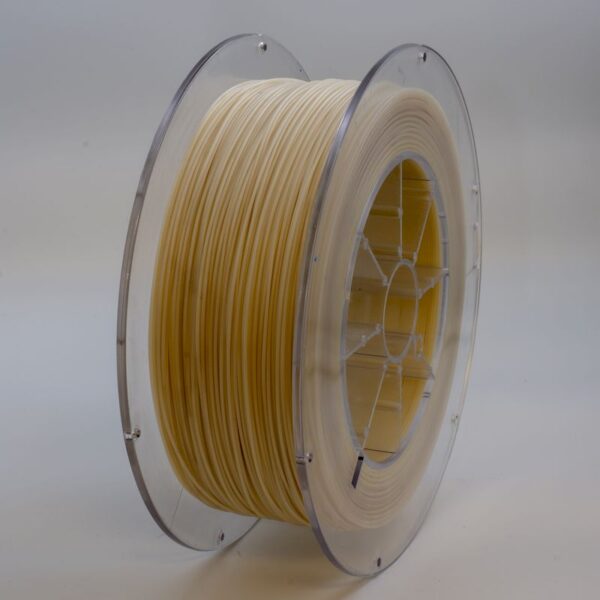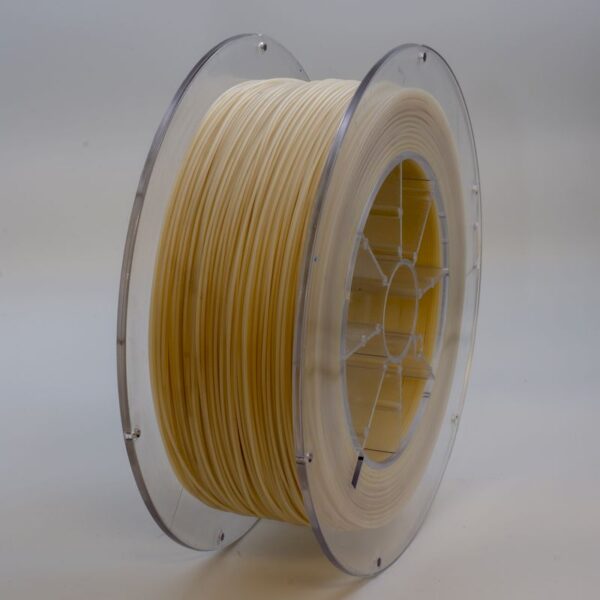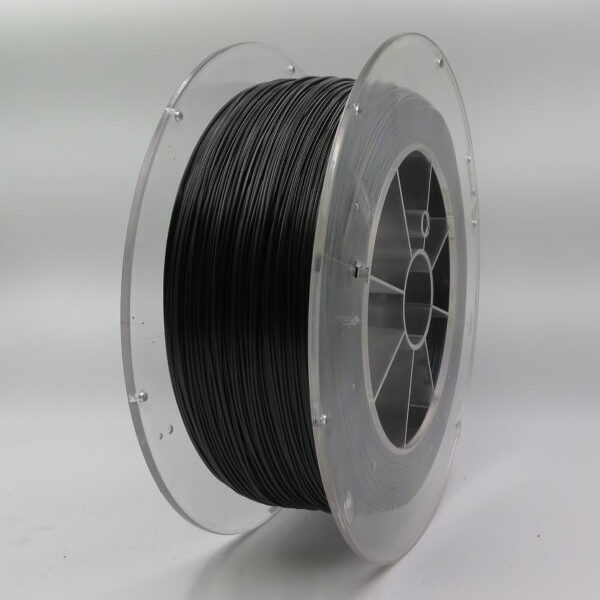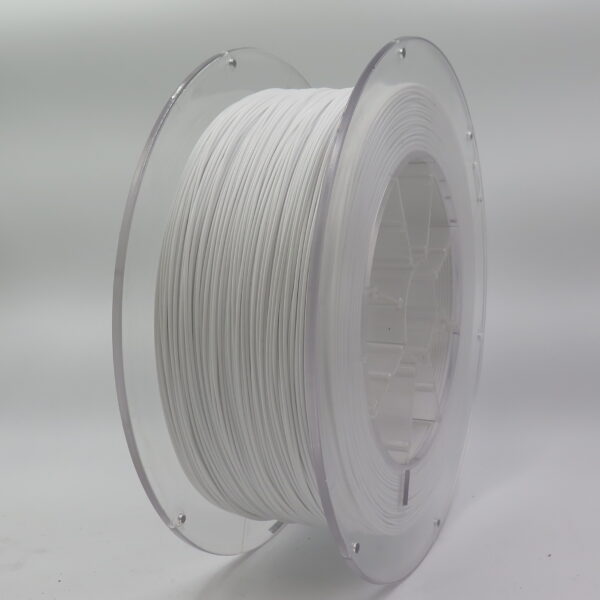FDM Materials Stratasys Guide – Tips for 3D Printing with Stratasys PC-ABS
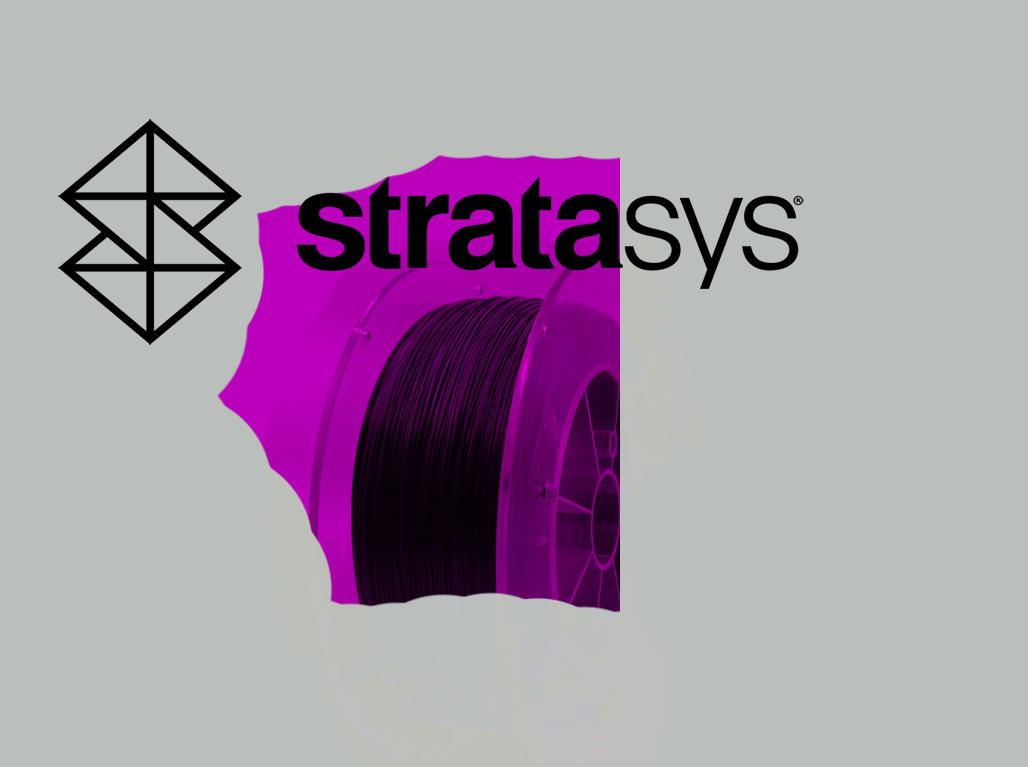
When it comes to industrial 3D printing, PC-ABS stands out as a truly reliable performer. This engineered filament blends the impact strength and heat resistance of polycarbonate with the workability and surface finish of ABS. It’s a favorite among manufacturers who demand both durability and efficiency without compromising aesthetics.
Whether you’re producing functional prototypes, manufacturing jigs, or small-batch end-use parts on a Stratasys Fortus system, PC-ABS provides the versatility and toughness you need. In this guide, we’ll cover hardware requirements, print settings, essential tips from the field, and how PC-ABS stacks up against other FDM materials such as Ultem™ 1010, ASA, and Nylon 12 CF. Let’s dive in and explore how to get the best results with this high-performance filament.
Hardware Requirements
PC-ABS isn’t your typical desktop-friendly filament. To print it successfully, your hardware should meet industrial standards:
- Heated Build Chamber: A closed and heated chamber is essential to prevent warping and delamination, especially for large parts.
- High-Temperature Hotend: Maintain consistent temperatures in the range of 260–280°C to ensure proper flow and bonding.
- Heated Print Bed: Set the bed to around 110°C to improve first-layer adhesion and avoid corner lift.
- Build Surface: Use PEI sheets, BuildTak, or ABS slurry for enhanced bed adhesion.
- Filament Drying: Store and print from a dry environment—PC-ABS quickly absorbs moisture, which leads to poor surface quality.
If you’re using a Stratasys Fortus 400mc, 450mc, or 900mc, you’re already on the right track.
Best Practices
PC-ABS prints beautifully—if you give it the right environment and attention to detail. Here are key practices to follow:
- Moderate print speeds: Stay between 30–50 mm/s for consistent layer bonding.
- No part cooling: Disable cooling fans entirely to avoid interlayer cracking and improve mechanical strength.
- Use brims or rafts: Especially helpful for larger prints to reduce warping at the edges.
- Controlled cooling: Let your print cool gradually inside the chamber before removal to reduce internal stress.
- Accurate first-layer calibration: PC-ABS is less forgiving than flexible filaments like TPU 95A—make sure your Z-offset is dialed in.
Tips
Here are a few pro tips from hands-on experience working with PC-ABS:
- Always dry your filament: Moisture leads to steam bubbles, layer separation, and poor layer lines.
- Fine-tune your infill settings: Balance strength and print quality by adjusting overlap and density properly.
- Minimize tall geometries: Opt for horizontal orientation when possible to reduce cracking risks.
- Use PC Support material: For complex parts, soluble support like PC Support ensures clean removal and better finishes.
Related Materials
PC-ABS is a powerful option, but not the only one. Here are a few alternatives depending on your application:
- ABS: Easy to print and affordable, but lacks the thermal performance of PC-ABS.
- ABS-ESD: Perfect for static-sensitive parts such as electronics housings.
- ASA: Offers excellent UV resistance for outdoor environments.
- Nylon 12 CF: Reinforced with carbon fibers, it delivers extreme stiffness and dimensional stability.
- PC-ABS FR UL94 V0: Flame-retardant version for regulated industries such as automotive and aerospace.
- Polycarbonate PC: Higher strength and clarity, but more demanding to print.
- Ultem™ 9085 / Ultem™ 1010: Exceptional thermal and mechanical performance for mission-critical applications.
Conclusion
PC-ABS is a trusted material in professional additive manufacturing for good reason. It brings together toughness, heat tolerance, and consistent finish—all while being compatible with industry-standard hardware. If you’re looking for a filament that bridges the gap between ease of use and high performance, PC-ABS is a go-to solution.
It shines in demanding applications—from automotive tools to electronic enclosures—and stands up to real-world stress. When combined with Stratasys Fortus systems and PC Support, it delivers predictable, repeatable results even on complex geometries.
As long as you follow best practices—drying the filament, maintaining chamber temperature, and optimizing your slicer—you’ll enjoy prints that rival injection-molded parts in quality and durability.
In short, if reliability, strength, and industrial-grade performance are at the top of your checklist, PC-ABS is the filament to trust.
Ready to print stronger, smarter, and more efficiently? Order high-quality PC-ABS filament today at Additive 3D Link. Fully compatible with Stratasys Fortus systems, our FDM materials are backed by expert support and fast shipping across Europe.

